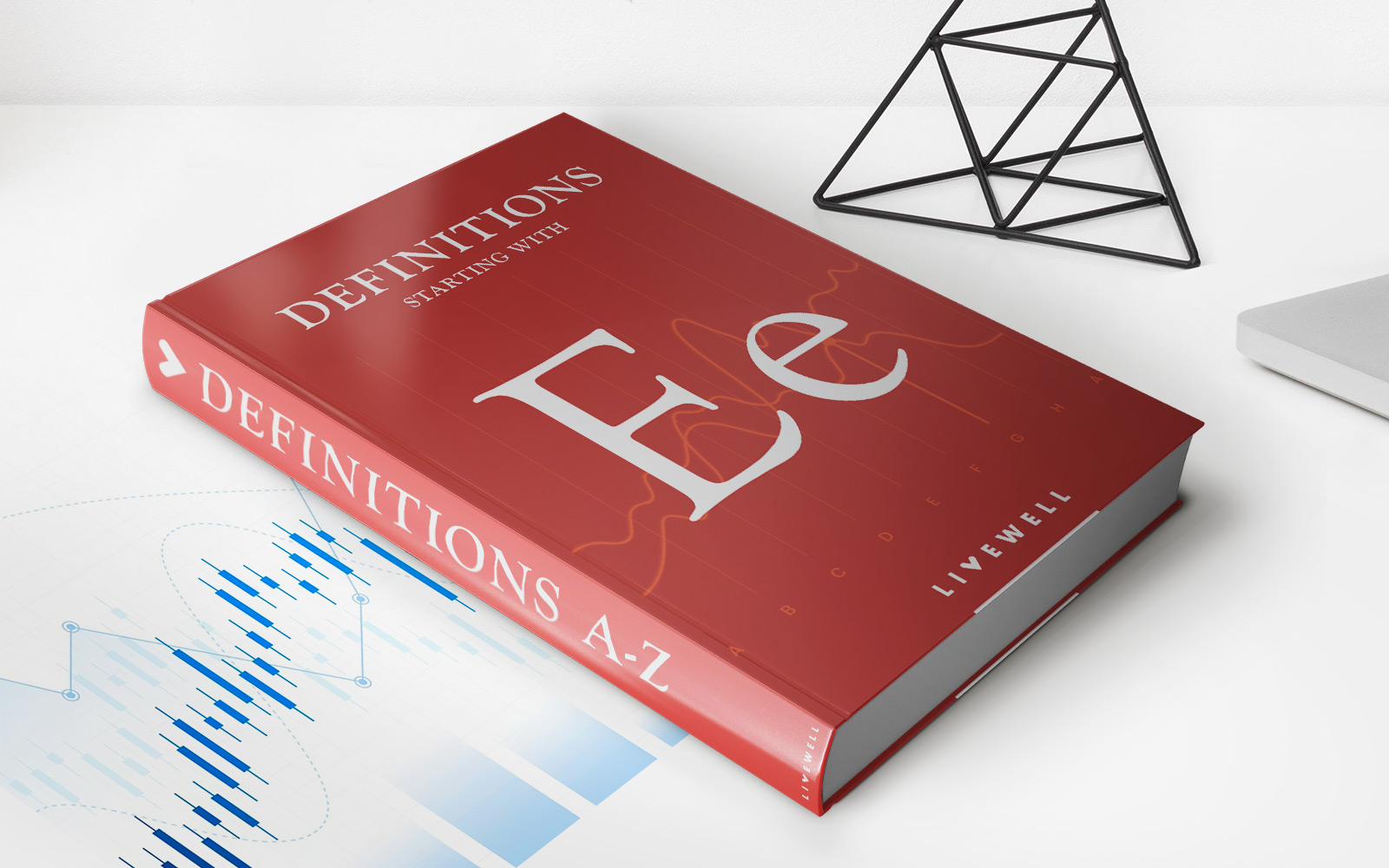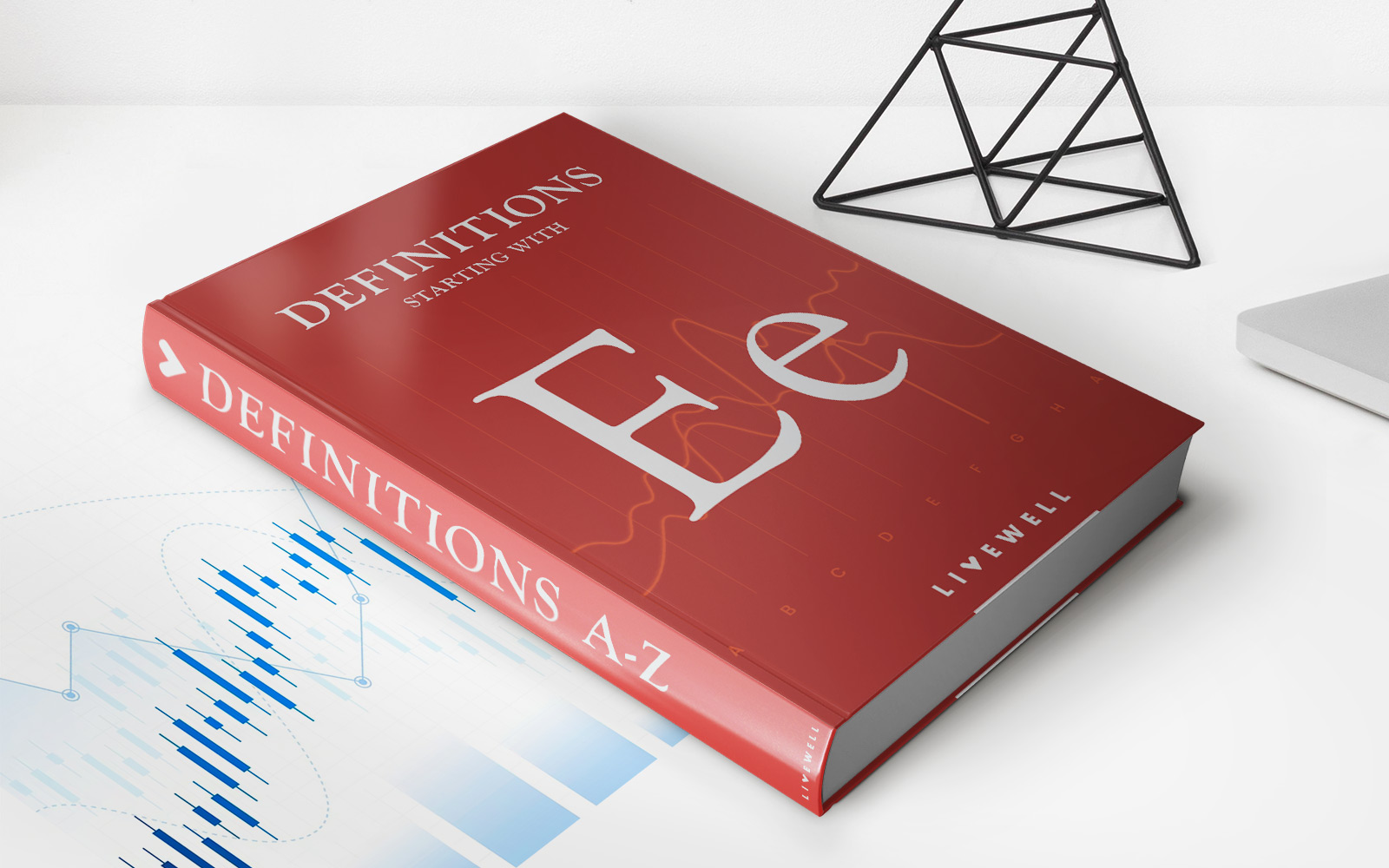Home>Finance>Balanced Investment Strategy: Definition And Examples


Finance
Balanced Investment Strategy: Definition And Examples
Published: October 13, 2023
Learn about the definition and examples of a balanced investment strategy in finance. Discover how this approach can help you achieve long-term financial stability.
(Many of the links in this article redirect to a specific reviewed product. Your purchase of these products through affiliate links helps to generate commission for LiveWell, at no extra cost. Learn more)
What is Balanced Investment Strategy?
When it comes to managing your money, finding the right investment strategy is key. One approach that is often recommended for investors is a balanced investment strategy. But what exactly does this mean? In this blog post, we will explore the definition of a balanced investment strategy and provide some examples to help you understand how it works.
Key Takeaways:
- A balanced investment strategy seeks to balance risk and reward by diversifying investments across different asset classes.
- Examples of balanced investment strategies include holding a mix of stocks, bonds, and cash, or investing in mutual funds that allocate assets across various industries and geographic regions.
A balanced investment strategy is a method of investing that aims to balance the risk and reward by diversifying investments across different asset classes. The idea behind this approach is to spread out your investments in such a way that if one asset class performs poorly, the others will help mitigate the losses. Likewise, if one asset class performs exceptionally well, it can offset potential losses in other areas.
So, how does a balanced investment strategy work in practice? Let’s consider a few examples:
- Stocks, Bonds, and Cash: One common example of a balanced investment strategy is to hold a combination of stocks, bonds, and cash. The idea here is to allocate a percentage of your portfolio to each asset class based on your risk tolerance and investment goals. Stocks offer the potential for higher returns but also come with more volatility. Bonds provide a more stable income stream but may offer lower returns. Cash, or cash equivalents, provide liquidity and stability. By diversifying across these three asset classes, you can balance the risk and potential reward of your investments.
- Mutual Funds: Another example of a balanced investment strategy is to invest in mutual funds that have a balanced allocation across various asset classes. These funds may hold a mix of stocks, bonds, and cash, as well as other investments such as real estate or commodities. The fund manager actively manages the portfolio, adjusting the allocation based on market conditions to maintain a balanced approach. This allows investors to benefit from professional management and instant diversification.
When considering a balanced investment strategy, it’s important to assess your risk tolerance, investment goals, and time horizon. Consulting with a financial advisor can help you determine the optimal asset allocation for your unique situation.
In conclusion, a balanced investment strategy is a prudent approach to investing that aims to balance risk and reward by diversifying investments across different asset classes. By spreading your investments across stocks, bonds, cash, or investing in balanced mutual funds, you can mitigate potential losses and increase your chances of achieving long-term financial goals. Remember to always do thorough research and seek professional advice before making any investment decisions.














